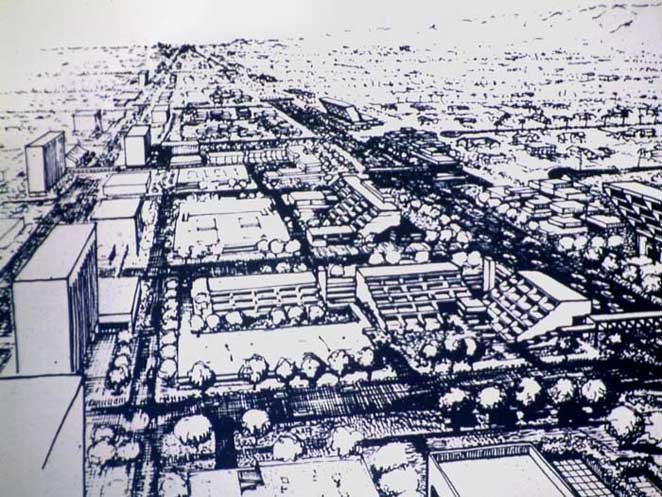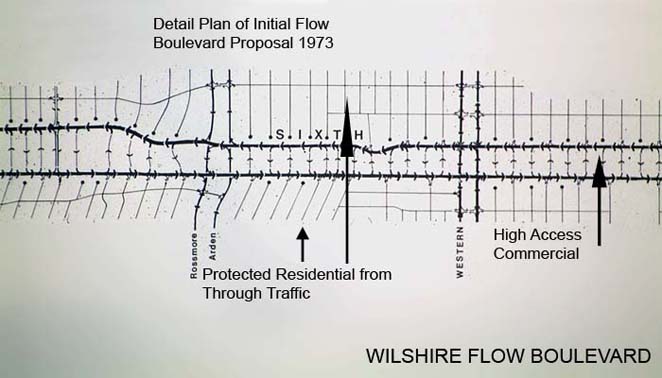FLOW BOULEVARD
Please submit any comments, questions or suggestion you may have.
ABOUT PHIL BROWN
I became committed to the idea that until the large scale of design, urban design, was set on the proper course, architecture would not be able to truly advance the level of environment in Los Angeles. Until the city had its circulation in order, architecture would be limited by two dimensional organization. The better future belongs to three dimensional organization of infrastructure. Then the new architectural forms and the new environment can blossom on a grand scale.
A Brief Professional History.
I received a Bachelor of Architecture degree from the University of Southern California in 1965. By this time it was clear to me that urban design was where I wanted to make my contribution. I then took a Masters of Architecture degree at the Massachusetts Institute of Technology (essentially an urban design course) in 1967. After working in and studying Boston, Washington D.C., New York and Philadelphia, I returned from the east coast in 1971. I then completed my apprenticeship time for the architectural license with local architectural firms (DMJM, and Maxwell Starkman). I passed the architectural exam first time around, was licensed in 1973, then set out to open my own office and pursue my design philosophy.
The Flow Boulevard Concept
Having been brought up in Los Angeles and being a L.A. person, I set about applying what I knew. I invented, created, whatever you care to say, the Flow Boulevard concept, not only from my previous design experience, but by recognizing the unique urban form of Los Angeles, -a grid of corridors in a sea of single family residential-.

My first proposal of a Flow Boulevard was for the Wilshire Corridor between downtown and the 405 in 1973. There was some good professional recognition, Cal Hamilton (Director of the L.A. City Planning Dept.), Sam Taylor (Director of the L.A. Traffic Dept.), D.H. Roper (District 7 Director of Planning/Cal Trans and some political recognition as well; Alan Sieroty (State Assemblyman Los Angeles Regional Transportation Committee) and John Ferraro (L.A. Wilshire District City Councilman).
